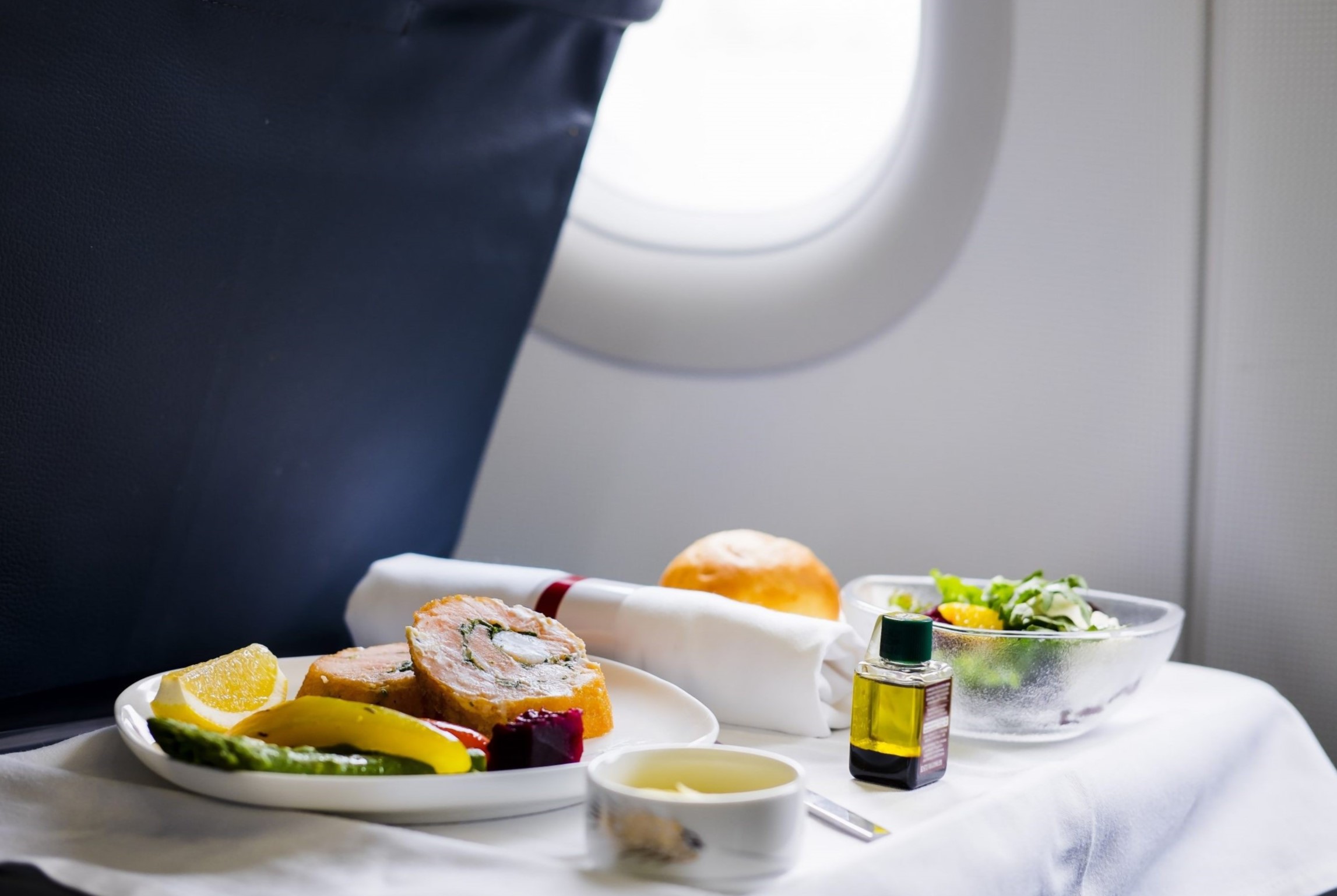
Ever wondered what goes into creating those meals you enjoy at 35,000 feet? In-flight catering is a fascinating world filled with meticulous planning, strict regulations, and a dash of creativity. From the moment ingredients are sourced to the time your tray table is lowered, a lot happens behind the scenes. Airlines must consider passenger preferences, dietary restrictions, and even how taste buds change at high altitudes. Did you know that food tastes different in the air? Cabin pressure and low humidity can dull flavors, so chefs often tweak recipes to ensure meals remain delicious. Curious about how these meals are prepared and delivered? Let's dive into 13 intriguing facts about in-flight catering that will make you appreciate your next airplane meal even more.
Key Takeaways:
- In-flight catering has a rich history, from simple lunchboxes in 1919 to gourmet meals designed by famous chefs in the 1950s, showing how it has evolved over the years.
- The logistics of in-flight meals are fascinating, with meals prepared hours before the flight, transported in refrigerated trucks, and seasoned heavily to counteract the reduced sense of taste at high altitudes.
The Origins of In-flight Catering
In-flight catering has come a long way since its inception. Here are some fascinating facts about how it all began and evolved.
-
The first airline meal was served in 1919 on a Handley Page flight from London to Paris. Passengers enjoyed a simple pre-packed lunchbox.
-
In the 1930s, airlines like Pan Am and Imperial Airways began offering hot meals, which were a luxury at the time.
-
By the 1950s, in-flight meals had become more elaborate, with airlines hiring renowned chefs to design their menus.
The Logistics Behind In-flight Meals
Preparing and delivering meals to thousands of flights daily is no small feat. Let's look at some intriguing facts about the logistics involved.
-
Each meal is prepared 10 to 12 hours before the flight and then chilled to maintain freshness.
-
Airlines often have their own catering facilities or partner with specialized companies to ensure quality and consistency.
-
The meals are transported to the aircraft in refrigerated trucks to keep them at the right temperature.
The Science of Taste at High Altitudes
Ever wondered why airplane food tastes different? There's a scientific reason behind it.
-
At 30,000 feet, the cabin pressure and dry air reduce our sense of taste and smell by up to 30%.
-
To counteract this, in-flight meals are often seasoned more heavily than food served on the ground.
-
Airlines also use umami-rich ingredients like tomatoes and mushrooms to enhance flavor.
Special Dietary Needs and Preferences
Catering to diverse dietary needs is a big part of in-flight catering. Here are some facts about how airlines manage this.
-
Most airlines offer a variety of special meals, including vegetarian, vegan, gluten-free, and kosher options.
-
Passengers usually need to request special meals at least 24 hours before their flight.
-
Some airlines even offer region-specific meals to cater to the tastes of their international passengers.
The Future of In-flight Catering
With advancements in technology and changing passenger preferences, in-flight catering is continuously evolving.
- Some airlines are experimenting with farm-to-flight concepts, using locally sourced ingredients to create fresher, more sustainable meals.
Final Bite of In-flight Catering
In-flight catering is more than just a meal at 30,000 feet. Airlines put a lot of effort into ensuring passengers enjoy their food. From the challenges of cooking at high altitudes to the logistics of serving hundreds of people, it’s a complex operation. The next time you’re on a flight, remember the science and planning behind your meal. Appreciate the unique flavors and the hard work that goes into making your journey more comfortable. Whether it’s a gourmet dish in first class or a simple snack in economy, in-flight catering is a fascinating blend of culinary art and logistical precision. So, next time you fly, savor the experience and maybe even share a fun fact or two with your fellow travelers. Safe travels and happy eating!
Frequently Asked Questions
Was this page helpful?
Our commitment to delivering trustworthy and engaging content is at the heart of what we do. Each fact on our site is contributed by real users like you, bringing a wealth of diverse insights and information. To ensure the highest standards of accuracy and reliability, our dedicated editors meticulously review each submission. This process guarantees that the facts we share are not only fascinating but also credible. Trust in our commitment to quality and authenticity as you explore and learn with us.


